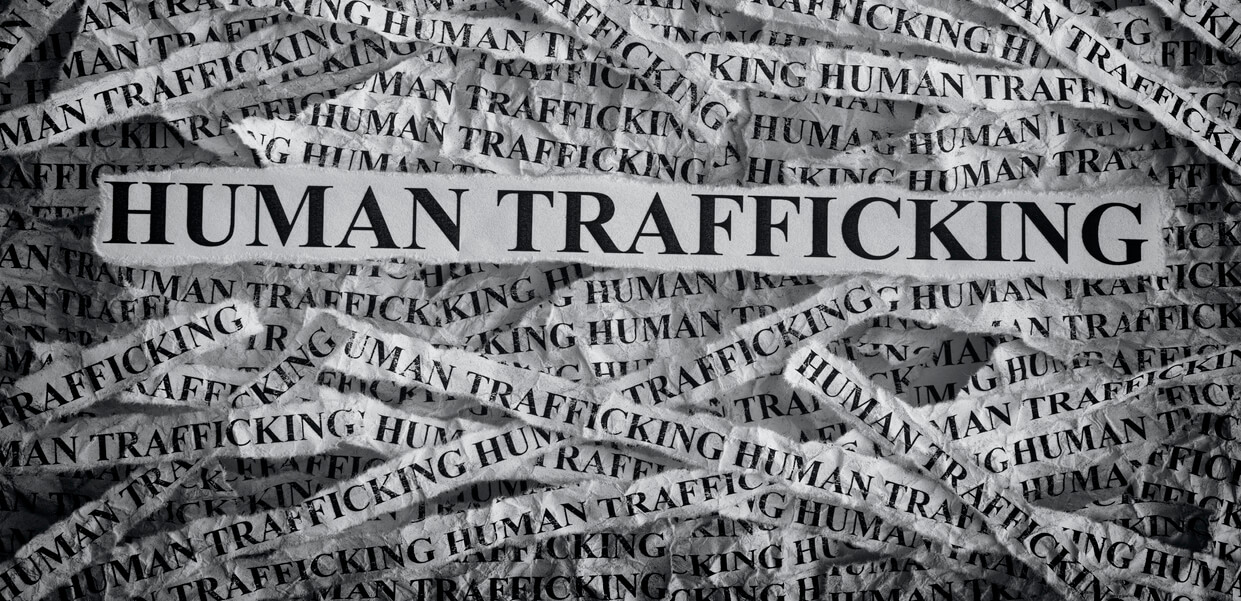
Image credit: Istock
According to a 2018 United Nations report, more than 25,000 individuals are officially reported to be victims of trafficking each year. The true number is likely much larger. While scientists have tried to help pinpoint outfits participating in sex trafficking, few scientific studies have looked of how the digital infrastructure behind the online sex market operates. A new paper from Mayank Kejriwal, a research assistant professor at the USC Information Sciences Institute and Yao Gu (currently at Amazon) provides some insights on the specific digital practices of potential sex trafficking networks.
The researchers studied just under 40,000 accounts affiliated with the now defunct Backpage.com in the UK which was shut down for hosting online advertisements associated with sex trafficking, and discovered linked activities among these accounts in relation to advertisements placed. The common behaviors of these linked “activity networks” were visible in ads placed by the networks on Backpage.com and may, in fact, be clues to help identify illegal trafficking activity in the future.
The researchers believe that prior theories that aimed to identify sex trafficking organizations based on the sheer amount of online activity were insufficient but rather the connectivity of these accounts and joint activities pointed to the likely presence of a sex trafficking operation.
The researchers found that sex trafficking organizations often try to elude detection by:
- Placing ads that move from city from city after a few days
- Emphasizing foreign origins of female escorts
- Changing names associated with the same ads
- Emphasizing young age of companions –but also state as old as “99,” which researchers believe may function as a code (for example, advertising certain kinds of ‘services’) to prospective customers
Mayank, the study’s lead author who has previously worked to identify sex-trafficking sources on the dark web, said, “This is one of those studies that NGOs and other survivor-oriented organizations may find useful, since it could allow them to intervene more effectively, given limited resources. It could also serve as a model to study the structure of online sex markets in other countries.”
Published on August 11th, 2020
Last updated on May 16th, 2024







